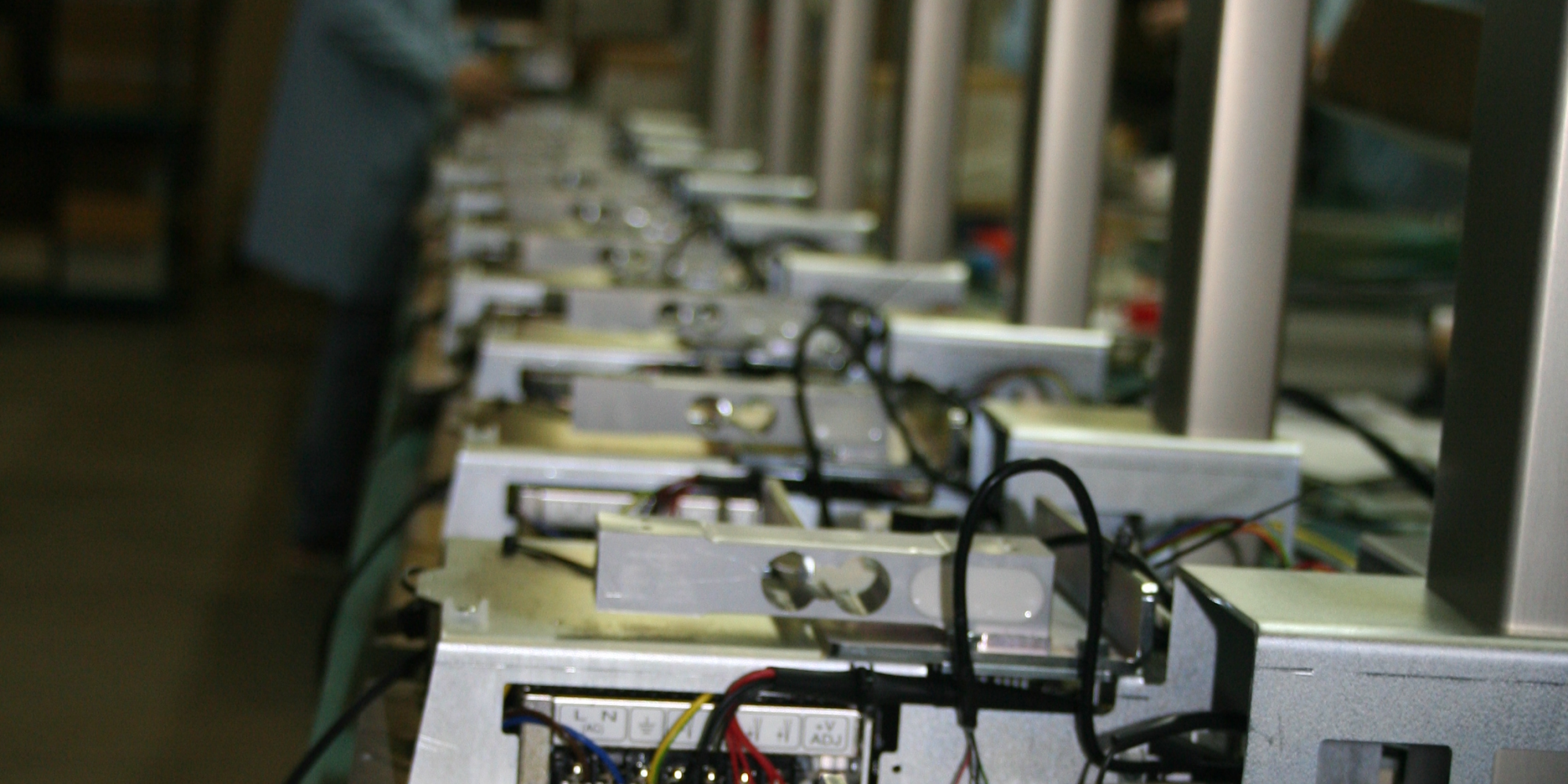
It’s dedicated to the Research and Development of Software for retail and industry. Created and joined in the Group in 2010.
Know more
Acquisition in 2004 of the entire share capital of EUROPESAGEM - Comércio Internacional de Balanças, Lda, a company specialized in the distribution of commercial and industrial weighing equipment (Founded in 2001).
Know more
Official representative of the German brand ESPERA, of weighing and labeling equipment. Created in 2011.
Know moreWeighing any object on a scale has already become an intuitive and workaday process. Afterall, you are used to do it on a daily basis: whether in the kitchen to prepare a recipe or in the supermarket while you are shopping. But behind something is a part of your day to day, there is a quite complex instrument that involves physics, mechanics, and engineering and that contains components that have not crossed your mind – like load cells.
Have you ever wondered how a scale can really tell you the weight of a fruit bag? Although you can’t see their interior, scales are built with several elements that, more the viewer and plate/platform, are responsible for determining the weight. And among them are load cells – one of the most important components for the weighing process.
But what are load cells exactly?
Load cells are transducers, that is devices that convert a type of energy into another. In this case, they are electromechanical transducers that are inside a scale to convert a force into an electrical signal. A force that is measured indirectly, through the answer of the material to the application of a load. And it is that answer that transformed into a measurable electrical signal allows us to find out the weight of a certain object.
And how do they work?
Load cells operate with the help of extensometers and sensors, but the way they function depends on the type you are using and on the kind of scale in which they are installed. Generally speaking, they measure the deformation of a material (like steel), motivated by the application of a load on the plate of the weighing equipment, transforming that deformation into an electrical signal. Depending on the conditions of each cell and on the purpose they have, they also have different characteristics – like sensibility and linearity – that can make the results differ.
And now you have cleared some doubts about one of the most important components of a scale, you can also choose the equipment that contains the load cell that is most adequate for your business on Balanças Marques’ online store. And if you still have more questions, explore our blog to find more tips and explanations that we, weighing specialists, have gathered for you.
